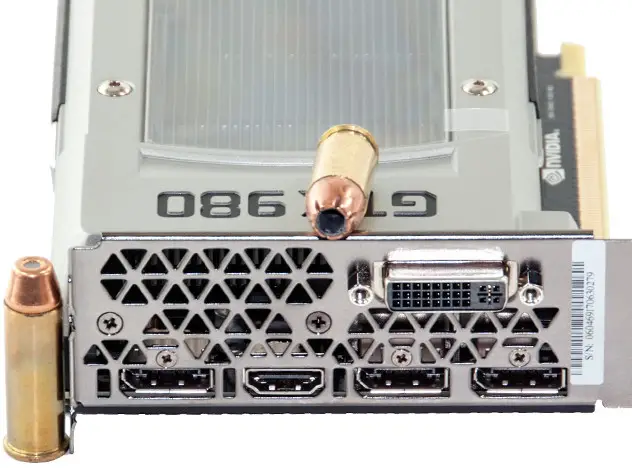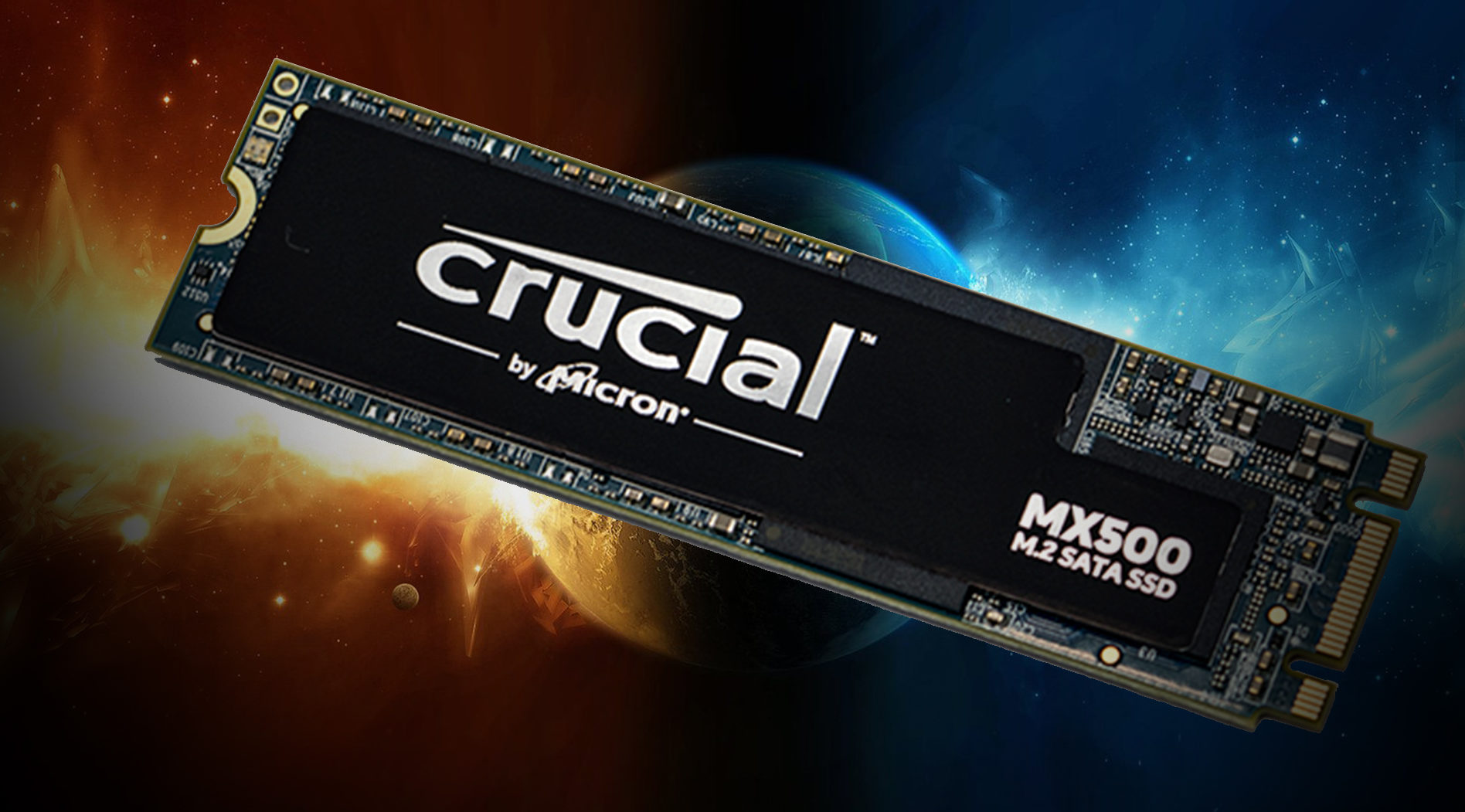Temperature, Noise, and Power Analysis
Video Card Temperature Results
For all temperature testing the cards were used in an open test bed environment. Ambient temperature was kept at a constant 20°C (+/- 0.5°C) and if the ambient room temperatures rose above 21°C or dropped below 19°C at any time, all benchmarking was stopped until proper temperatures could normalized.
For Idle tests, we let the system idle at the Windows 7 desktop for 25 minutes and recorded the peak temperature.
For Load tests, we ran Unigine’s Valley benchmark for 20 minutes.
This card is a damn cool running card for an enthusiast grade GPU! Of course some of its great cool running abilities come from the fact that its stock heatsink and fan are big and more than enough to keep a 165 watt TDP processor cool. This explains why the idle temperatures are so amazingly low. We can just image what they would have been if this video card used one PNY’s stellar custom cooling solutions!
Sound Level Test Results
While everyone “hears” noise differently there is one easy way to remove all subjectivness and easily compare different fans: use a sound level meter. This way you can easily compare the various fans noise envelopes without us coloring the results and see what fans fit within your personal comfort level. Of course, we will endeavor to try and explain the various results – which are taken at a 15 inch distance from the GPU’s fan(s) – to help you gain an even better understanding of how loud a cooler’s stock fan is, but even if you discount our personal opinions, the fact remains numbers don’t lie.
For Idle tests, we let the system idle at the Windows 7 desktop for 25 minutes and recorded the peak dB.
For Load tests, we ran Unigine’s Valley benchmark for 20 minutes and recorded the peak dB.
For an enthusiast grade video card these results are damn impressive. Unfortunately, the PNY GTX 980 XLR8 is still a blower based design and as such will not be as quiet as could possibly be. However, it is worth noting that these results are absolute worst case scenario results and in more realistic gaming scenarios this card was as quiet as a church mouse. All in all, this is one of the best blower style GPU cards we have seen, but it could have been even better if PNY had opted for one of their custom coolers.
System Power Consumption
To obtain accurate results we have connected the system to a Power Angle power meter that has in turn been attached to a 1500watt UPS. This ensures only 120volt power is supplied to the PSU and removes an variances that could potential crop up because of brownouts and power spikes.
In order to stress the video card we have once again used Unigine’s Valley benchmark and ran it for 20 minutes to determine peak system power consumption. For idle results we have let the system idle at the Windows 7 desktop for 25 minutes and recorded the peak idle power consumption.
As expected this card is a power miser. Will it save enough power to make it a worthwhile upgrade from an 780Ti? No. Unless you are paying 50 cents a KW/hour you will never save enough to make it worth it -as you will upgrade to the next generation long before the breakeven point!













